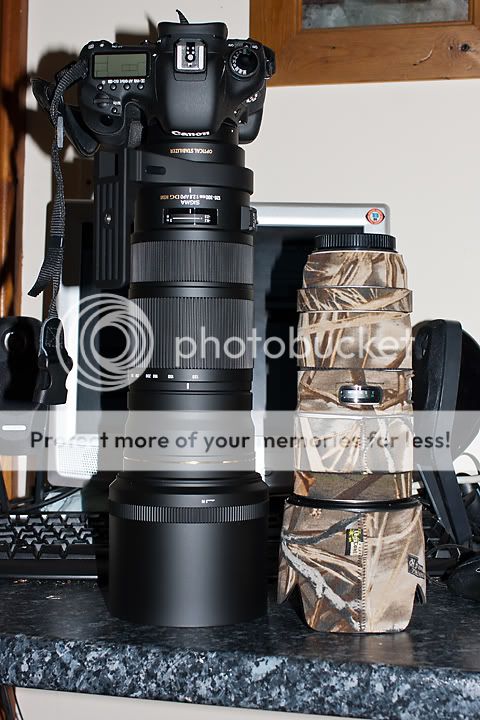- Joined
- Apr 4, 2011
- Messages
- 969
- Reaction score
- 228
- Location
- Holland
- Can others edit my Photos
- Photos OK to edit
I've been wondering about the aperture for a while.
This is probably the one thing in a lens my knowledge is the lowest about.
I know aperture is simply the actual opening in the lens and the aperture blade shape affects the bokeh and all.
The real question lies in the amount of light going through.
I know the openings are standardized (calculated by dividing the focal length through the pupil opening according to Wikipedia).
This means f/4 always illuminates the sensor with the same amount of light.
Now I've been looking to get a new (tele)lens and I've been unsure what to do.
I've been looking at it rather logically.
I will probably not shoot wide open a lot so I can live without f/2.8.
A 300mm at f/8 will give me about .5m DOF which I think is quite nicely and most lenses are sharpest around f/8 (from what I gathered in various reviews).
So, my conclusion was: Get a nice long lens with an aperture like 4.5-5.6 and go nuts.
Now here comes my problem.
A friend of mine said I'd be way better off getting a 2.8 lens.
He said that the wider my maximum aperture, the better the lens would be at gathering light.
According to him a 2.8 would also gather more light at f/8 than a similar lens with a lower widest aperture.
This seems illogical to me...
He really stresses this point but I'm not sure how much I should believe this.
I've seen some nice looking lenses for <1000, would that 2.8 aperture really be worth spending way over that 1000?
They're really quite a lot more expensive... xD
This is probably the one thing in a lens my knowledge is the lowest about.
I know aperture is simply the actual opening in the lens and the aperture blade shape affects the bokeh and all.
The real question lies in the amount of light going through.
I know the openings are standardized (calculated by dividing the focal length through the pupil opening according to Wikipedia).
This means f/4 always illuminates the sensor with the same amount of light.
Now I've been looking to get a new (tele)lens and I've been unsure what to do.
I've been looking at it rather logically.
I will probably not shoot wide open a lot so I can live without f/2.8.
A 300mm at f/8 will give me about .5m DOF which I think is quite nicely and most lenses are sharpest around f/8 (from what I gathered in various reviews).
So, my conclusion was: Get a nice long lens with an aperture like 4.5-5.6 and go nuts.
Now here comes my problem.
A friend of mine said I'd be way better off getting a 2.8 lens.
He said that the wider my maximum aperture, the better the lens would be at gathering light.
According to him a 2.8 would also gather more light at f/8 than a similar lens with a lower widest aperture.
This seems illogical to me...
He really stresses this point but I'm not sure how much I should believe this.
I've seen some nice looking lenses for <1000, would that 2.8 aperture really be worth spending way over that 1000?
They're really quite a lot more expensive... xD




![[No title]](/data/xfmg/thumbnail/35/35670-0571a45fff5cc94fc333fb959ce54517.jpg?1734167303)


![[No title]](/data/xfmg/thumbnail/34/34055-9c9c587b8094b98e1010fe73cead6994.jpg?1734164467)





![[No title]](/data/xfmg/thumbnail/41/41891-e5bba75ac5ce57c6892ade4cfc3f7d4c.jpg?1734176244)
